135km The North Wales Coastal Route
Llandudno
Ride Overview
If it’s lung-filling sea air that you desire, and if riding on a wide and smooth traffic-free cycle path for almost the entire way is enticing, then the North Wales Coast Route will fulfil your cravings. You ride around sweeping bays which curve around great arcs of sand, ride up and around headlands and pass several castles, seaside resorts and hermit’s caves. Overall, it is a delicious two day dose of British Seaside culture. The chips and the fish, the ice-creams and the slot machines, the elegant and brutish, the gulls and the chilly Irish sea are all found in delectable abundance.
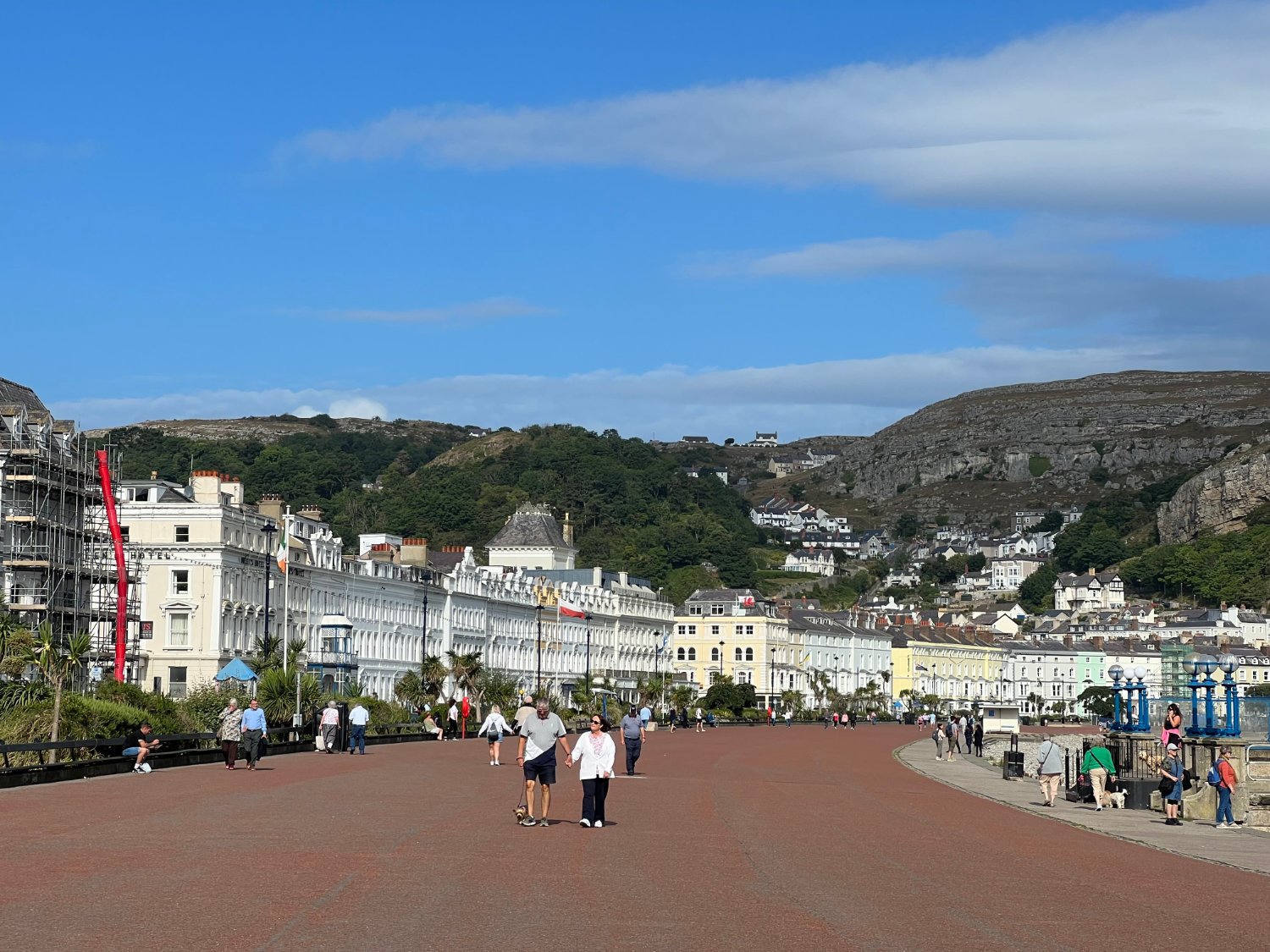
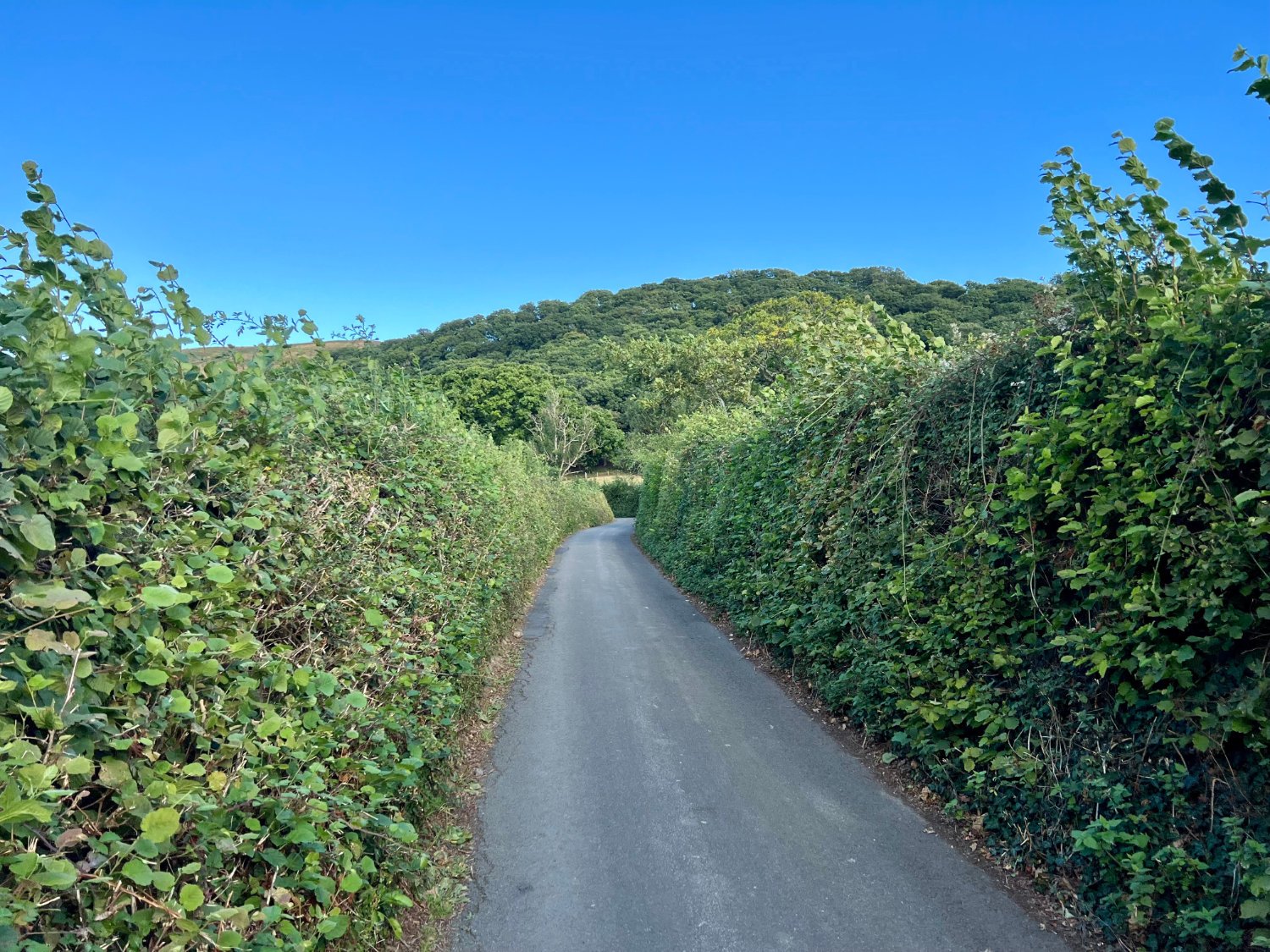
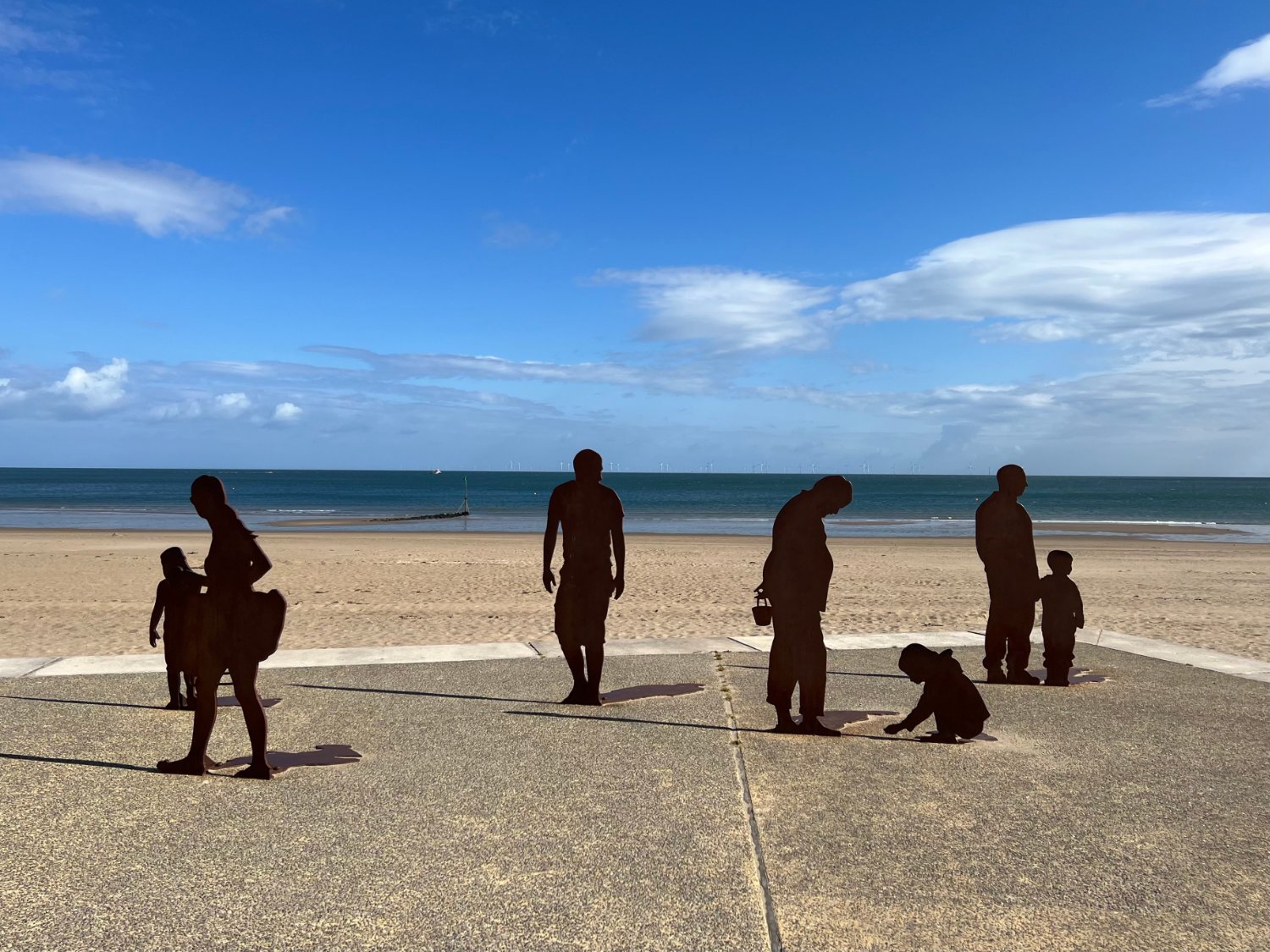
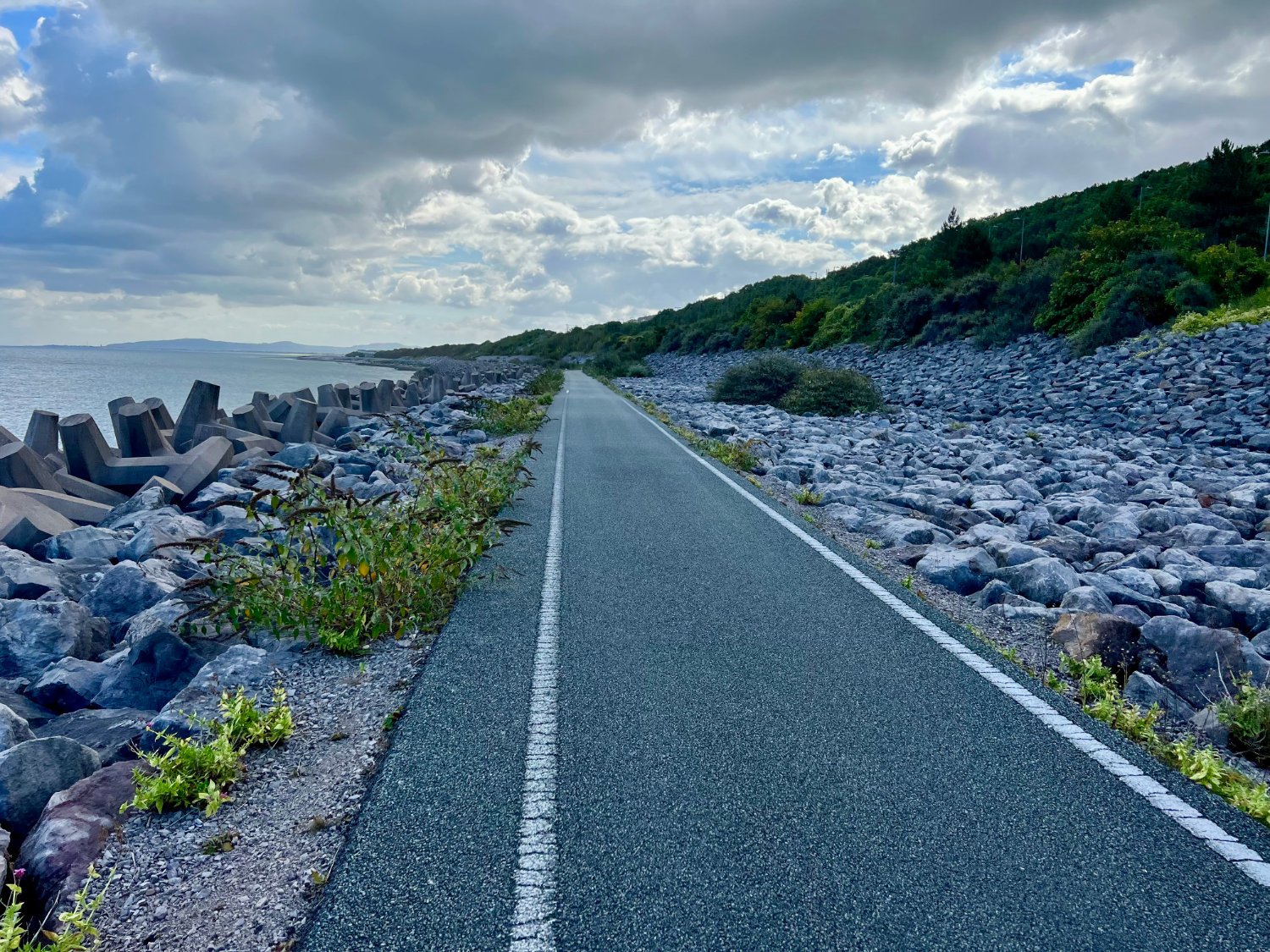
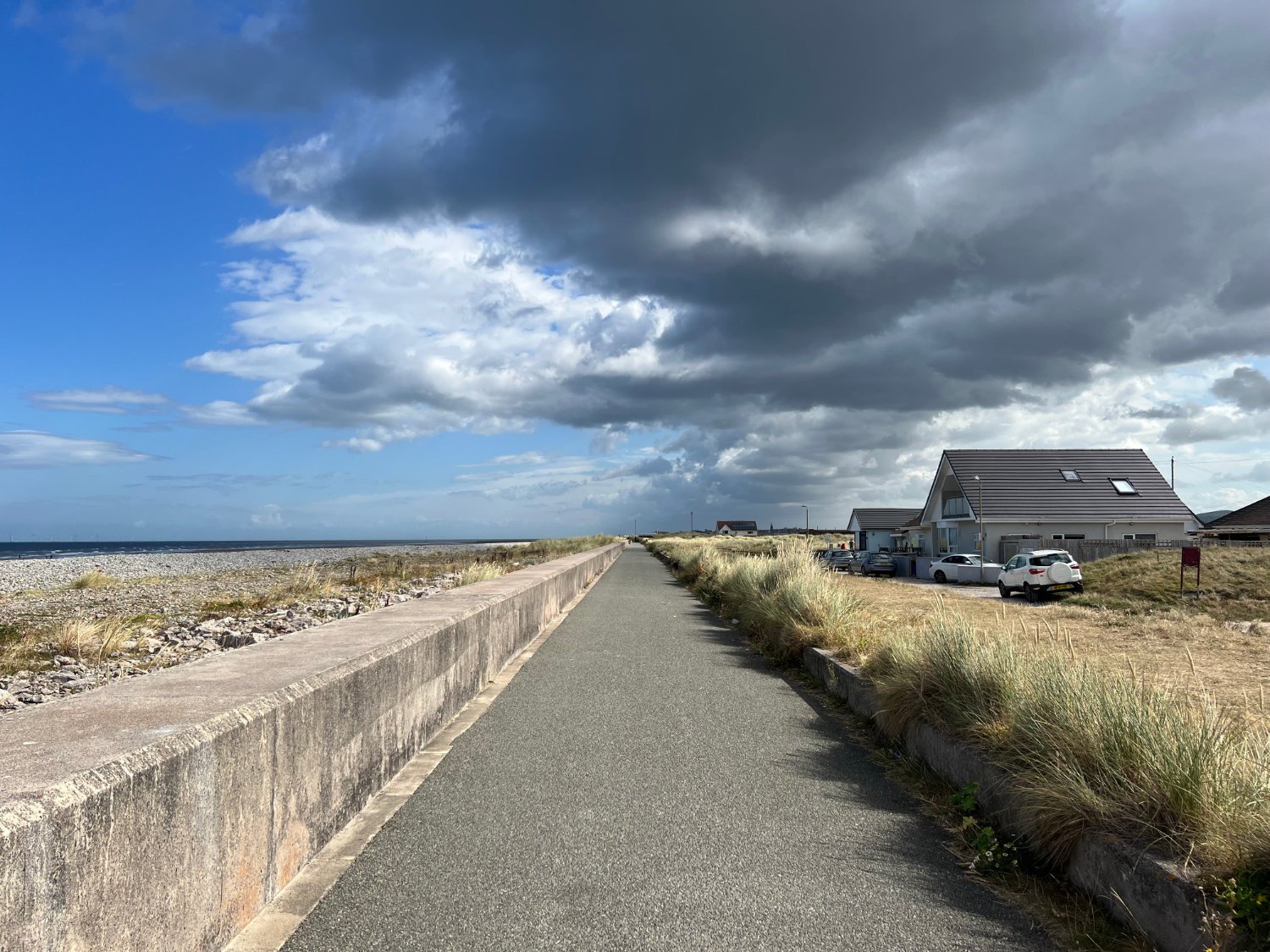
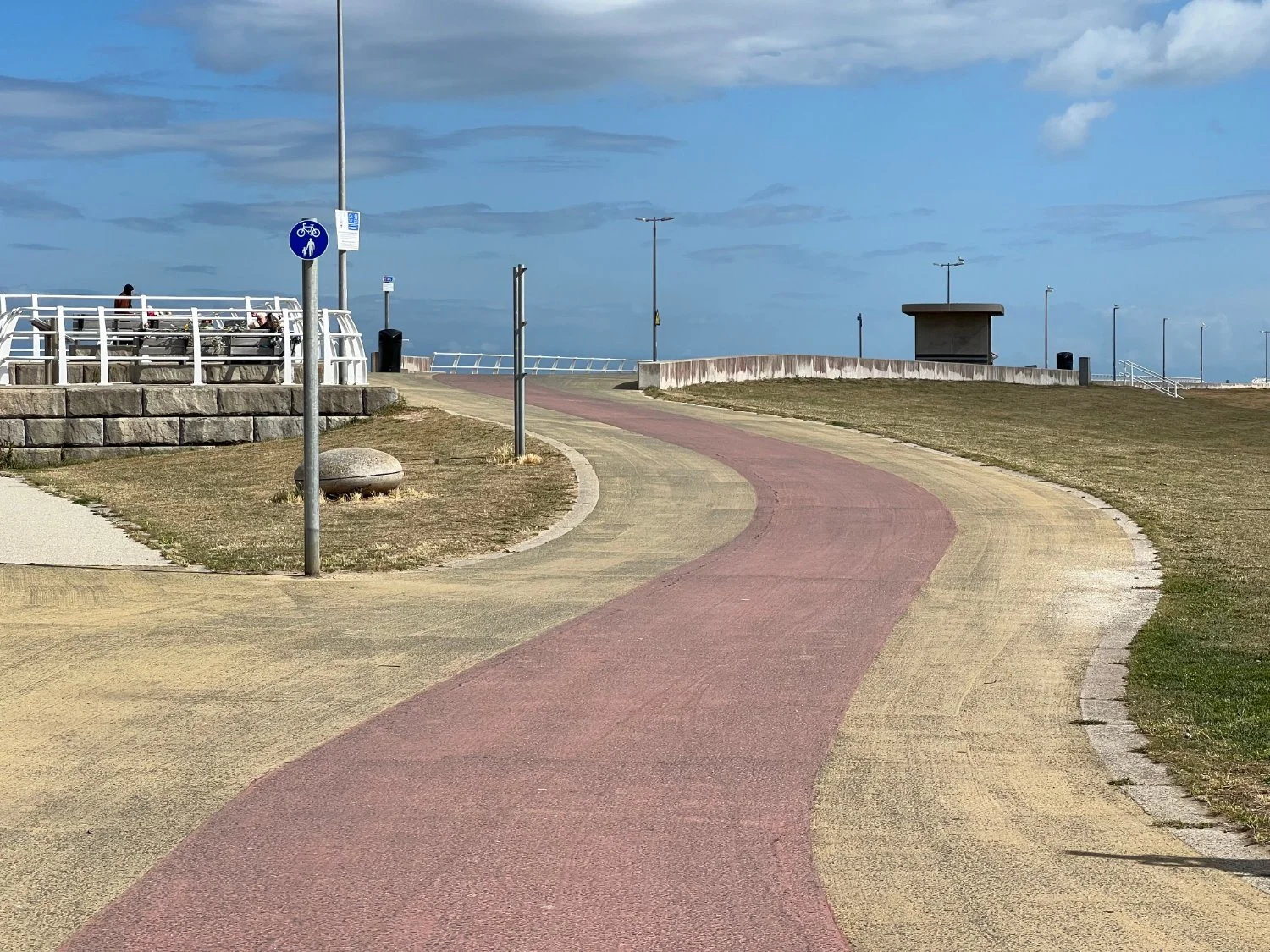

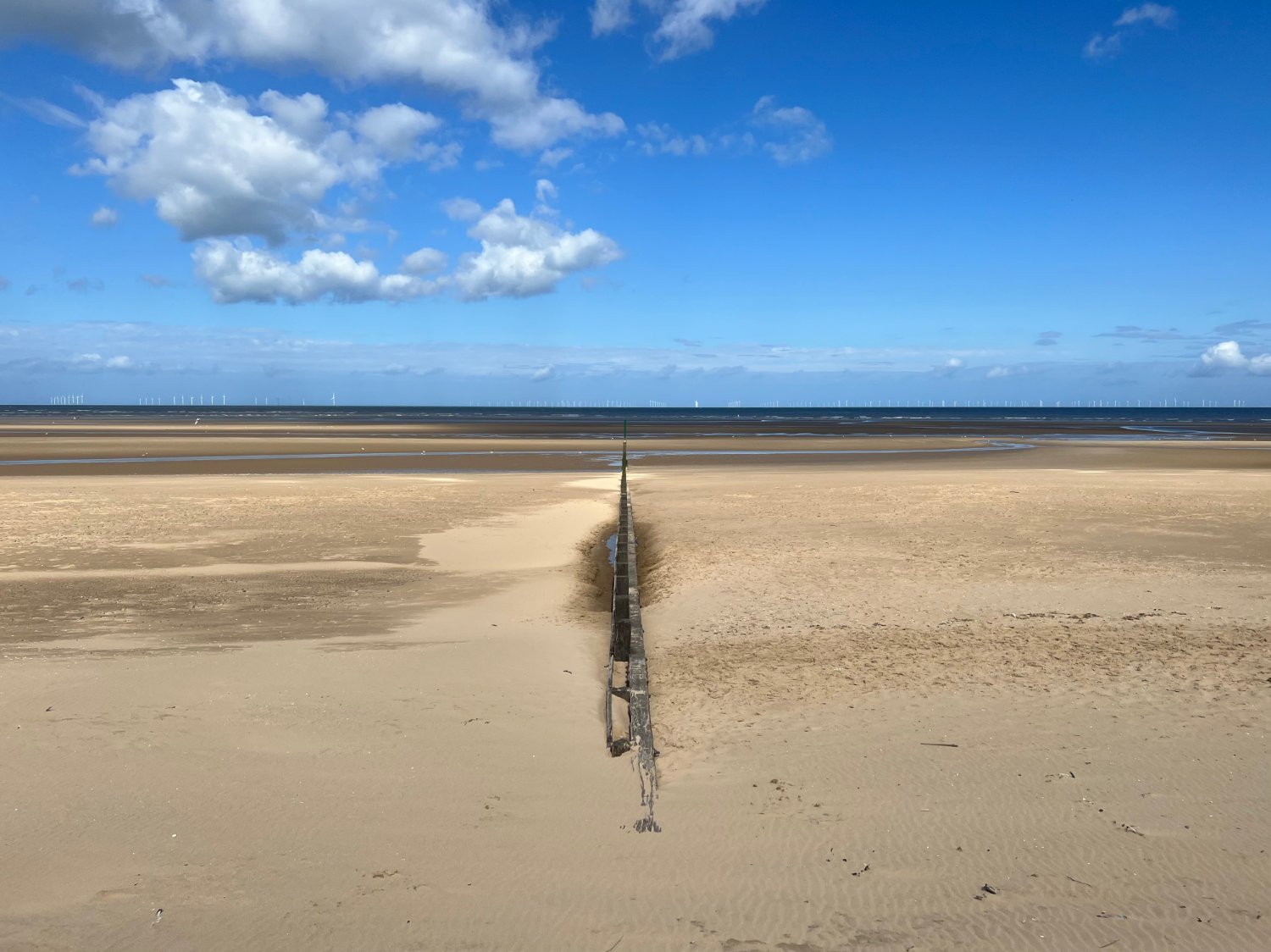
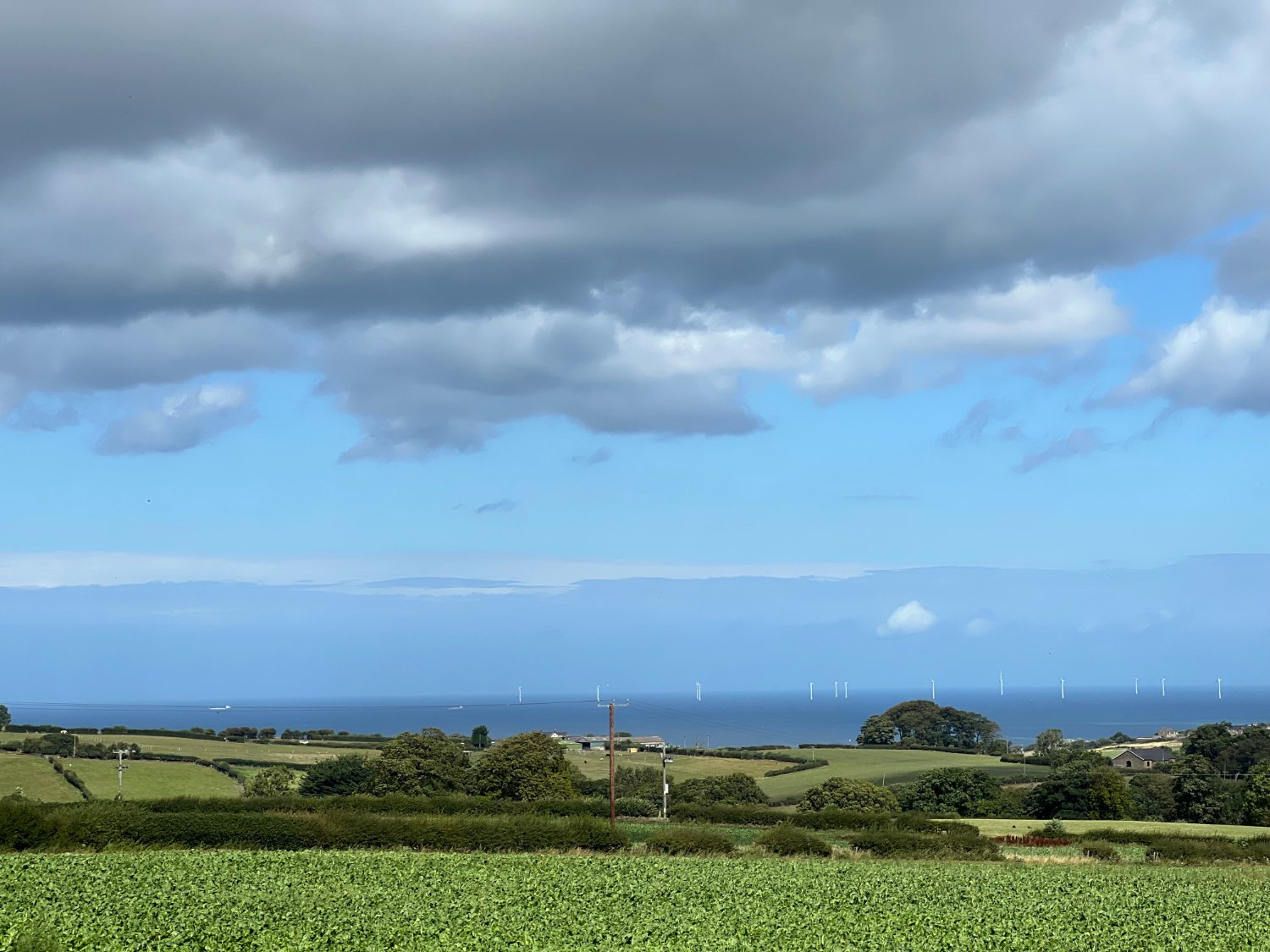
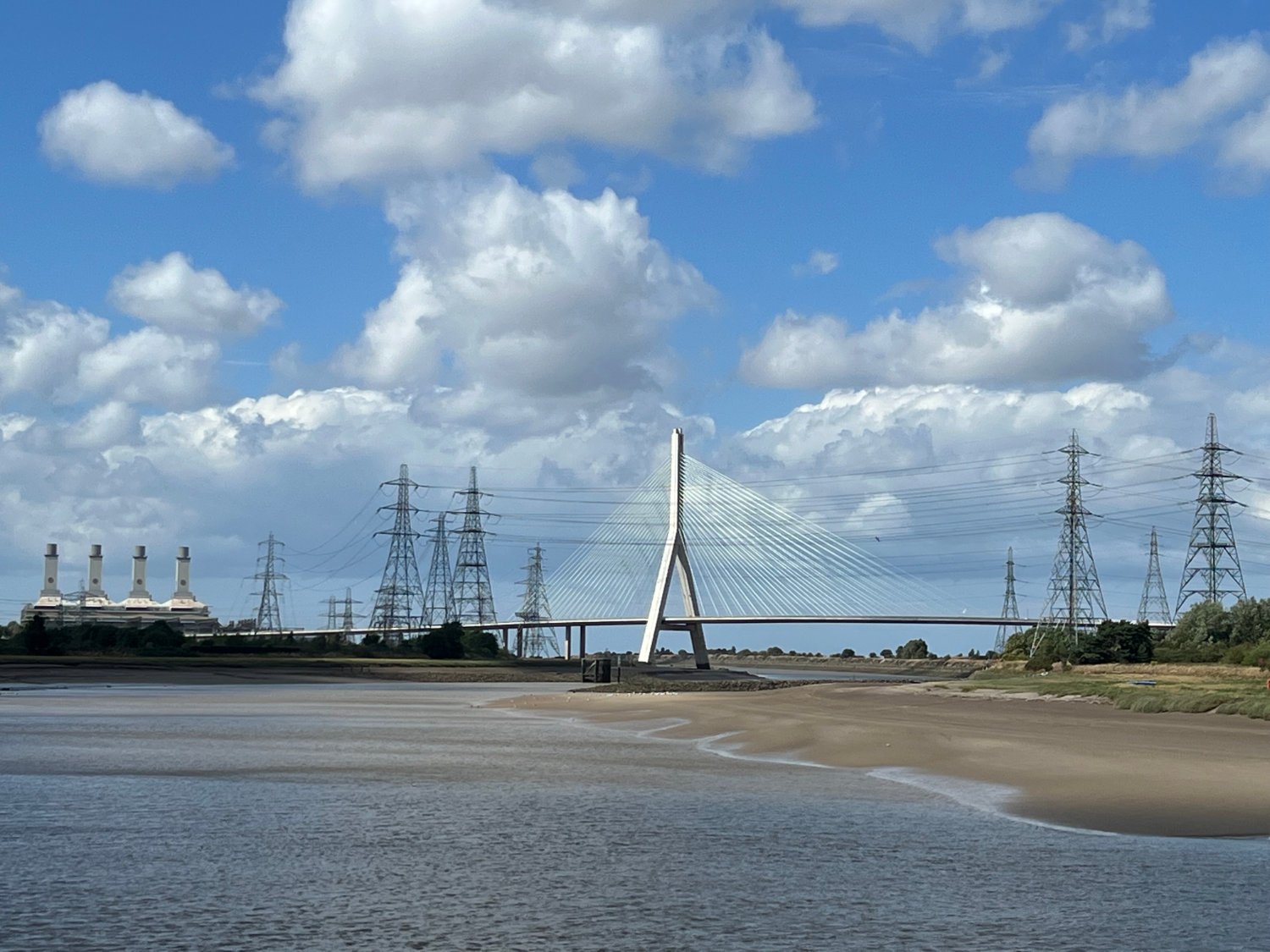
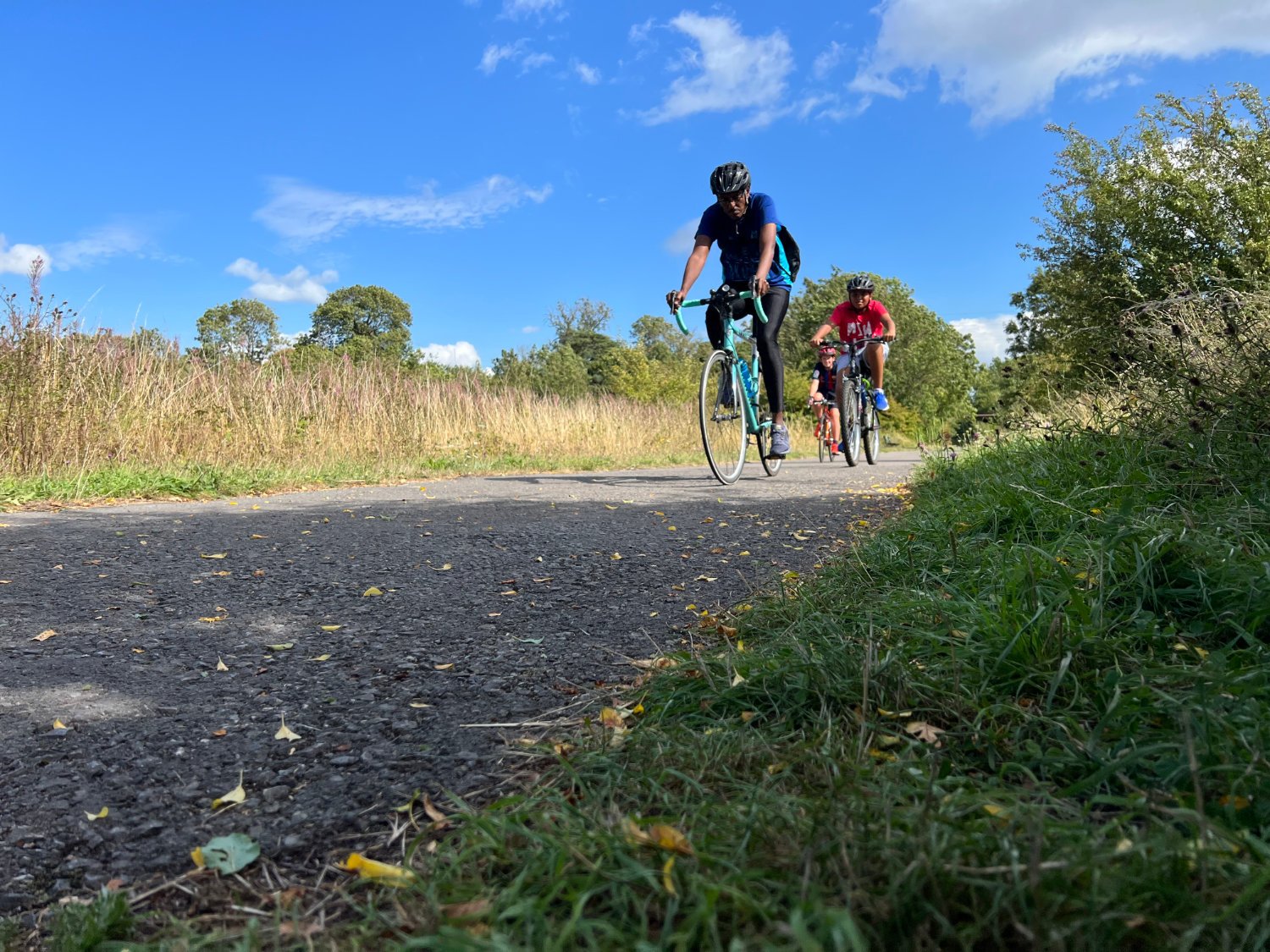
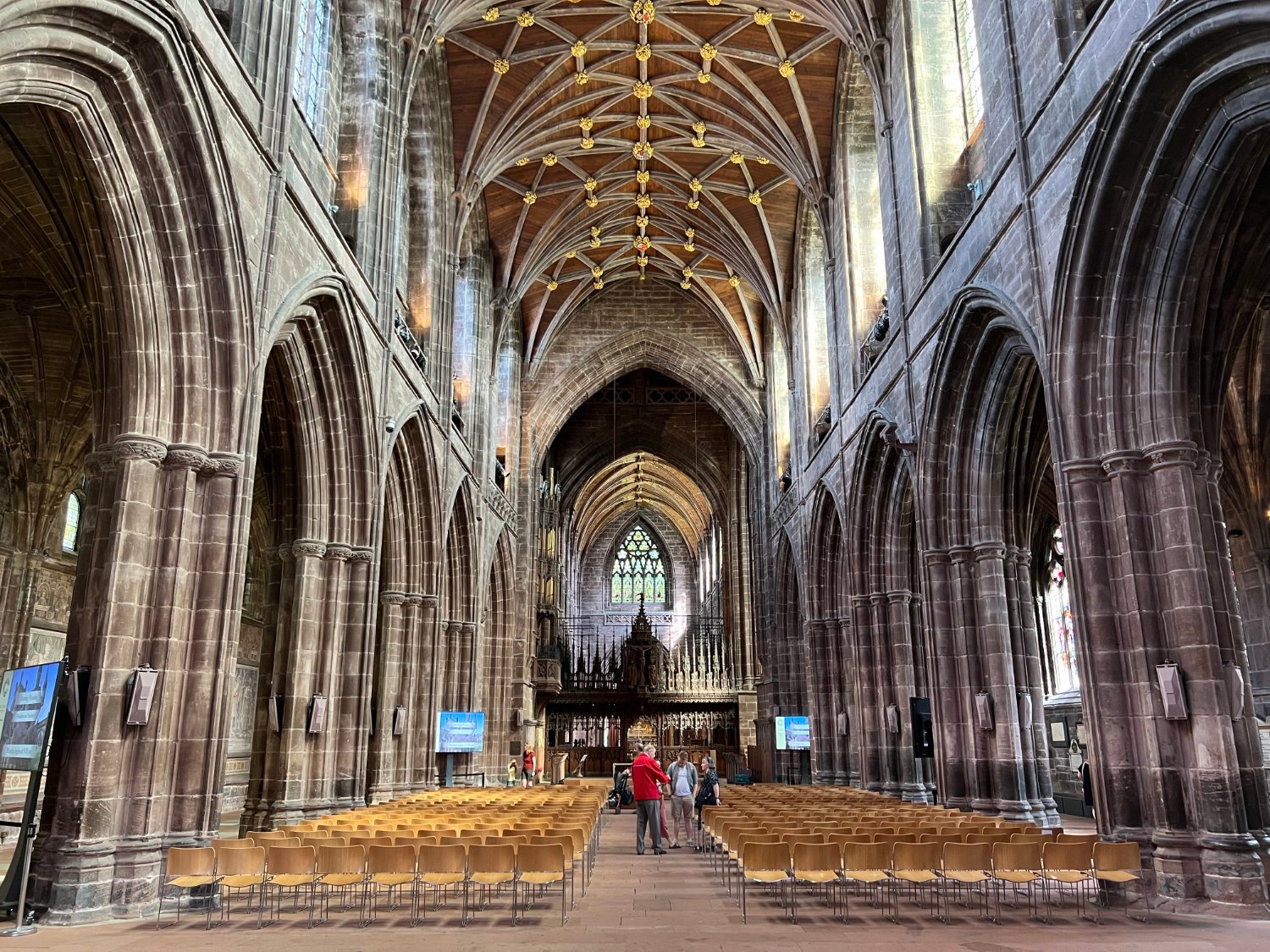
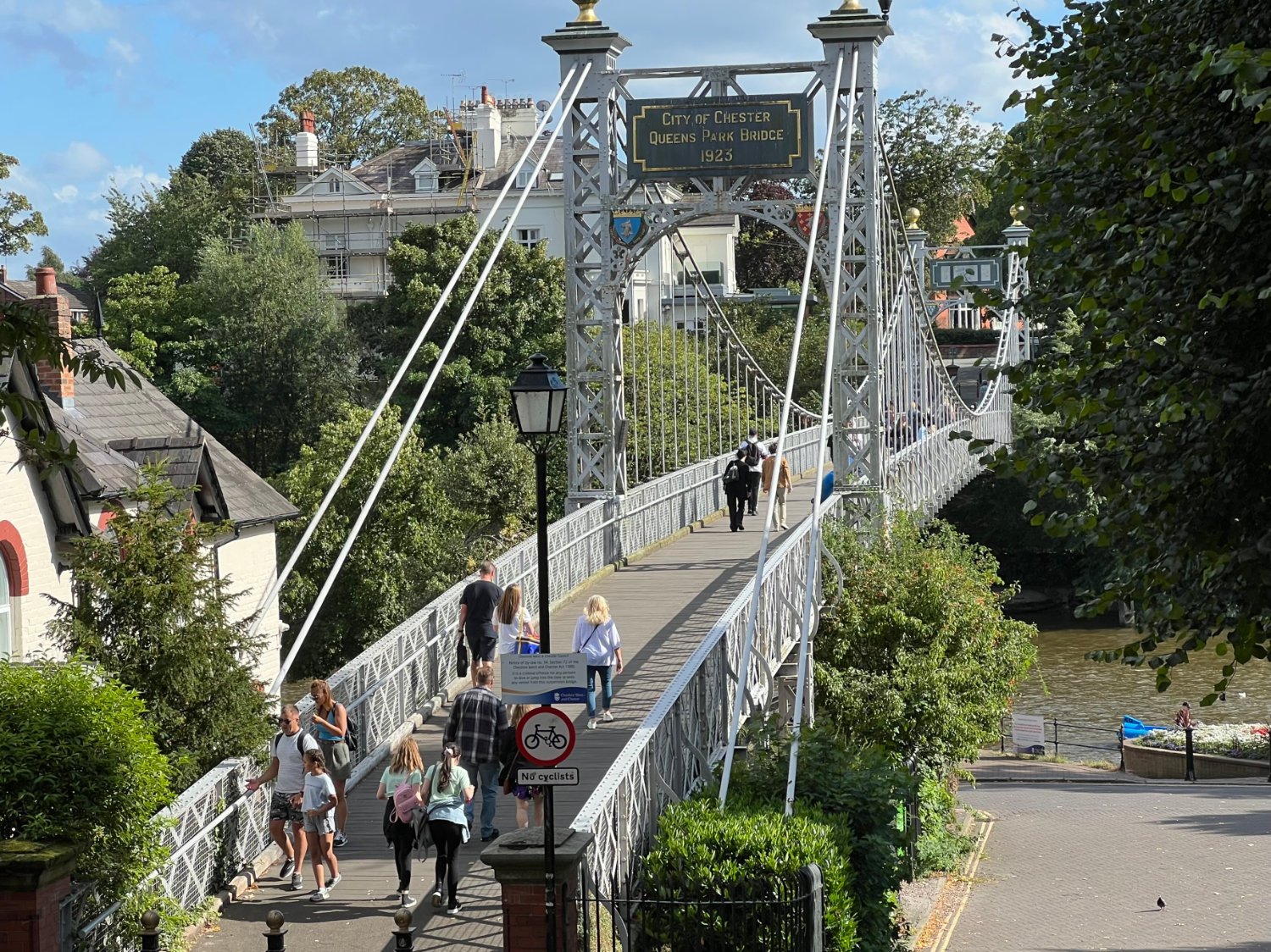
Ride practicalities
Ride practicalities
START/FINISH: Bangor/Chester DISTANCE: 135km TOTAL ASCENT: 1239m TERRAIN AND SURFACES: quiet country lanes, cycle lanes, and fabulously wide and smooth promenades beside the sea. Surfaces throughout are good and suitable for a touring bike with a 28mm tyres. RECOMMENDED CAFÈS/PUBS/ACCOMMODATION*: Bangor; Nomi, (Rooms and restaurant) Conwy; The Jackdaw MAINLINE TRAIN SERVICES: Chester, Rhyl, Llandudno, Conwy, Bangor, PLACES TO VISIT: Conwy Castle, Penrhyn Castle, LINKS TO OTHER ROUTES: London to Holyhead, National Cycle Route 5
*WMWG only list places for food, drink and beds which have met our strict quality standards. They will promote local growers, are independent who set high standards, but who are not necessarily the cheapest place in town.
Ride Notes
You’ve rattled into Bangor on the North Wales Coast Line and here you are breathing in the sea air standing on the station platform listening to the cry of the gulls but unable to see the sea. Depending on your time and plans, you might choose to spend the first day/night exploring Bangor, or, head off. Taking the first option, head out of the station on Holyhead Road and turn left after a couple of hundred metres onto Ffriddoedd Road and join the mapped route through streets lined with housing to the Menai Straits, where the route officially begins.
Before the Bridge was opened in 1829, the way across the lethal straits was by ferry. It was a perilous journey and not everyone made it. The worst case was in 1785, when a boat carrying 55 people went aground on a sandbank. Unable to be rescued only one person survived. Anglesey, the island across the Strait, was known for its beef production and farmers drove their cattle into the water to swim across so that they could continue on their way to the Welsh markets. You can imagine that many of the beasts did not make it across due to the whirlpools, eddies, and ferocious tides. It was the Act of Union joining the parliaments of Great Britain and Ireland, (so creating the United Kingdom of Great Britain and Ireland) which made the need for a safe crossing particularly urgent. The engineer Thomas Telford was commissioned to build a bridge, the world’s first iron suspension bridge.
The Menai Bridge ©Monsyn
Regrettably, you’ll have to retrace your tracks back into the city, for the A5 Anglesey road is narrow and very busy.
Most Cathedrals in the UK occupy a prominent position on a hill or in the centre of the city. Not so Bangor’s cathedral, which has a bruising history. Vikings sacked it twice as did King John in 1211 and Edward I gave £60 compensation to the church to pay for the repairs after he bashed it up. The small church (by cathedral standards) is almost hidden away in a dell, like a dog cowering hoping to avoid another beating.
Penryhn is a name which will follow you around the headland and onto Llandudno. The first encounter is at Port Penrhyn from where slate from the nearby world’s largest slate quarry was exported. Further along is Penrhyn Castle.
Being statements in stone of power and suppression castles are controversial buildings. Penrhyn Castle, a mile outside Bangor, is even more controversial than Edward I’s fortresses which line the route across North Wales, for it was built using the profits from slave plantations in the West Indies. Richard Pennant is long dead, but his castle, built in the neo-Norman style, is one of Wales’ most important stately homes. It has a superb art collection and the National Trust have gone to some length to explore the links of the castle with colonialism and historic slavery.
The riding continues on rural lanes where the banks press in upon you. There are times when it seems barely possible to pass on a bicycle let alone a car, which might explain why you’ll unlikely meet a vehicle. The hedges are thick, the bottom of the trees mixing with the long grass and flowers such as campion and hardy geranium. Dunnocks, linnets and gold finches roam across the fields, melting into the hedges as you pass. Quite how they manage to find a way through the thicket of branches and leaves without catching a wing is one of the marvels of nature.
The hush of the sea and the harsh wailing of gulls cannot compete with noise draping the narrow coastal strip from the adjoining North Wales Expressway. Whilst the result is not a peaceful one, you are well separated by a barrier, a verge and a fence from the traffic. Coastal reveries are restored after Penmaenmawr, when the cycle route becomes a quiet path beside the sea.
There are over 600 castles in Wales, more than any other country in the world, and Conwy castle is one of the "the finest examples of late 13th century and early 14th century military architecture in Europe" (UNESCO World Heritage citation). Even today, some 700 years after its construction it looks forbidding. Built on the orders of Edward I as part of his subjugation of the Welsh, it was designed to provide a safe haven for English administrators and soldiers. The Welsh were not allowed through the gates. Framed by a small wooded hill, a harbour filled with fishing boats and a glinting estuary, the crennallated walls and towers could not be more picturesque. It is the very picture of what a medieval castle should look like; menacing, grey, romantic, and stone-cold.
Conwy Castle
The Coastal Route leaves the NCN 5 and heads around the Orme Head, a limestone headland. Cars pay the toll and cyclists have it free. It’s a gorgeous, windy ride and if you’re up for it, the climb up St. Tudno’s Road to the Cable Car station at the top is a good test. The climb was used in in the 2021 Tour of Britain.
Llandudno is a film set for a Victorian drama. The town is a pretty place, with wide streets, well-planted gardens and goats (which you might have seen on the climb up to Orme Head) and houses which have been little altered since late Victorian times. Replacing the whiskered gentlemen of an earlier age are collections of jean-clad youths emerging from arcades and cheap chicken joints. Gulls eye the chip eaters sitting on benches.
Llandudno and Orme Head
All the archetypal British seaside attractions can be found along the three mile roll around Colwyn Bay; sand and sea, buckets and spades, fish and chips. When a chill wind blows off the Irish Sea, the air is almost granular, polishing your cheeks into rubies. As ever when riding along a promenade, not everyone welcomes you, particularly if you don’t ring a bell or ride too close to people. Counter chippy comments with a warmth and a smile. Swear and curse inwardly.
St. Trillo liked the sea-view from Rhos-on-Sea so much that he built himself a nice little cell in the 6th century. It is still there, nestled amongst the static caravans. It is classified as Britain’s smallest church and is an intimate place, one full of prayer and peace. To separate yourself from the wind and holiday makers for a few moments of contemplative calm is a magical experience.
St. Trillo's cell, Rhos-on-Sea
The next magical experience is the climb up a steep hill. After 70km of seaside bliss, the Coastal Route heads upwards in order to avoid the busy Expressway. The legs will be totally unprepared for this sudden shift of incline, but the eyes will be pleased to see the sweep of sea from a gull’s perspective. Then after a few hill top kilometres, swoop down like the gulls, back to the sea and ride into Flint to stop beside its castle. It’s ‘rude ribs’ was the first of Edward’s Northern Welsh fortresses and Shakespeare used it as the meeting place between the soon to be deposed Richard II and his oppressor, Henry Bolingbroke.
Soon after Flint, the seaside sojourn ends and the path follows the Dee estuary inland to England. Leisure is replaced with industry. Stacks and chimneys smoke and lights on towers twinkle red. The route crosses Hawarden Bridge and continues alongside the River Dee on a superb cyclepath which takes you out of Wales. At the border, there is no station only a sign welcoming you to England which has been much shot at. Whilst Chester is not a seaside town, nor is it in Wales, it’s Roman walls (the most extensive in the country), its cathedral and the medieval centre filled with black and white timber buildings, make it an attractive end to this most splendid seaside ride.
Flint Castle
Every route on this website has been carefully researched as well as ridden. However situations on the ground can change quickly. If you know of changes to this route, or cafes, pubs and the like which you think other cyclists need to know about, feel free to share your thoughts below.
If you enjoyed this guide, why not subscribe to the website so as not to miss other inspirational routes?
wheremywheelsgo.uk is a Feedspot UK Cycling top website





